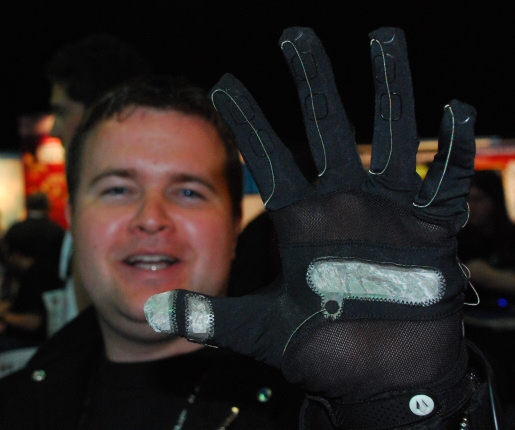 Nobody is ever going to list the TV remote as one of the most important inventions of all time. Maybe not even of the second half of the twentieth century. But if the remote had never been invented, life would be meaningfully different. Think about it: if we all still had to get up from our couches and trudge across the room to change the station, there’d be no such thing as channel surfing. (Then again, we’d be thinner from the calories we burned.) Dealing with more than a handful of stations would be impossibly unwieldy, too–no remote control, no 500-channel universe.
Nobody is ever going to list the TV remote as one of the most important inventions of all time. Maybe not even of the second half of the twentieth century. But if the remote had never been invented, life would be meaningfully different. Think about it: if we all still had to get up from our couches and trudge across the room to change the station, there’d be no such thing as channel surfing. (Then again, we’d be thinner from the calories we burned.) Dealing with more than a handful of stations would be impossibly unwieldy, too–no remote control, no 500-channel universe.
In short, the TV remote matters–and it’s it worth pausing to remember some of the most significant models to appear since 1950, plus a not-so-significant curiosity or two. (Click on the images below to see the ads, patents, and magazine pages at a much larger size.)



 If our ancestors of the late nineteenth century hitched a time-machine ride to 2009, nearly everything about the technology we use would leave them dumbstruck. They would, however, immediately recognize our computer keyboards, nearly all of which work in pretty much the same manner as the ones on Victorian-era typewriters. Which is not to say that a bevy of inventors haven’t tried to improve on standard-issue QWERTY. It’s just that most of their bright ideas go absolutely nowhere. Herewith, a gallery of
If our ancestors of the late nineteenth century hitched a time-machine ride to 2009, nearly everything about the technology we use would leave them dumbstruck. They would, however, immediately recognize our computer keyboards, nearly all of which work in pretty much the same manner as the ones on Victorian-era typewriters. Which is not to say that a bevy of inventors haven’t tried to improve on standard-issue QWERTY. It’s just that most of their bright ideas go absolutely nowhere. Herewith, a gallery of  TechCrunch’s MG Siegler has a thought-provoking post up which discusses the
TechCrunch’s MG Siegler has a thought-provoking post up which discusses the 